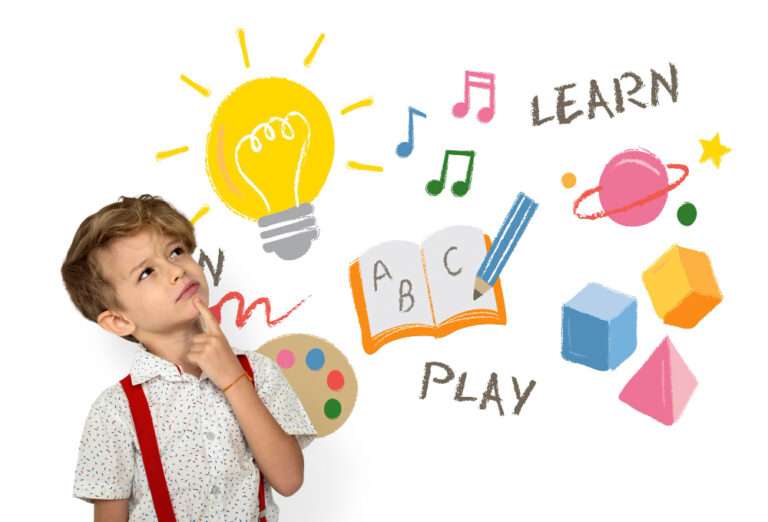Baby Development Milestones: Key Stages from Birth to 24 Months
This article provides a detailed overview of key developmental milestones in babies from birth to 24 months. It highlights major physical, emotional, sensory, and communication developments at various stages, such as lifting their heads, sitting up, crawling, and eventually walking. The article also covers social and emotional milestones like recognizing caregivers, laughing, and showing preferences for certain toys or people. Additionally, it emphasizes the progression of sensory exploration and communication skills, from cooing and babbling to forming simple words and sentences. Each milestone is an indicator of healthy growth and development, although individual progress may vary
Newborn to 3 Months
- Motor Skills: Babies begin to lift their heads slightly when on their tummies, and their hand movements become more intentional. Some may grasp objects placed in their hands.
- Social/Emotional: They start recognizing caregivers’ voices and faces, and may begin to smile socially.
- Sensory: Babies focus on objects about 8-12 inches from their faces and start tracking movements with their eyes.
- Communication: Begins cooing and making gurgling sounds, responding to voices.
2. 4 to 6 Months
- Motor Skills: Babies can push up on their hands while lying on their stomach, roll from front to back, and may start sitting up with support.
- Social/Emotional: They show more interest in playing with others, may laugh out loud, and start to show curiosity about the environment.
- Sensory: Reaches for and grabs objects, exploring them with their hands and mouth.
- Communication: Babbling begins, and they may respond to their own name by turning their head.
3. 7 to 9 Months
- Motor Skills: Babies start sitting up without support, begin crawling, and may start pulling themselves up to stand.
- Social/Emotional: Develops stronger attachments to caregivers and may show signs of separation anxiety.
- Sensory: Babies can transfer objects between hands, and they start to develop depth perception.
- Communication: Starts imitating sounds and gestures, understands basic words like “no” or “bye-bye.”
4. 10 to 12 Months
- Motor Skills: Babies might stand without assistance, take their first steps, and have improved hand-eye coordination (picking up smaller objects using a pincer grasp).
- Social/Emotional: Starts showing preferences for certain people and toys and might wave “bye-bye.”
- Sensory: Improved fine motor skills and awareness of their surroundings.
- Communication: They start saying simple words like “mama” or “dada,” and understand simple directions.
5. 12 to 18 Months
- Motor Skills: Walking becomes more stable, and they may start running, climbing, and exploring. They can also feed themselves with their hands.
- Social/Emotional: Babies become more independent, show a range of emotions, and may start engaging in pretend play.
- Sensory: Increased curiosity and ability to explore objects by touching and shaking them.
- Communication: Vocabulary expands to around 10-20 words, and they begin to follow simple instructions.
6. 18 to 24 Months
- Motor Skills: They start to run more confidently, kick balls, and climb onto furniture. They can also start stacking objects and using utensils more effectively.
- Social/Emotional: Shows more defiant behavior and has stronger preferences. Begins to play alongside other children.
- Sensory: Further develops problem-solving skills and a deeper understanding of cause and effect.
- Communication: Vocabulary rapidly expands, with two-word sentences becoming more common. They can identify objects and body parts.
These developmental milestones may vary, and each baby progresses at their own pace. However, these are general guidelines for physical, social, emotional, sensory, and communication skills growth.
------------From our Sponsors------------









